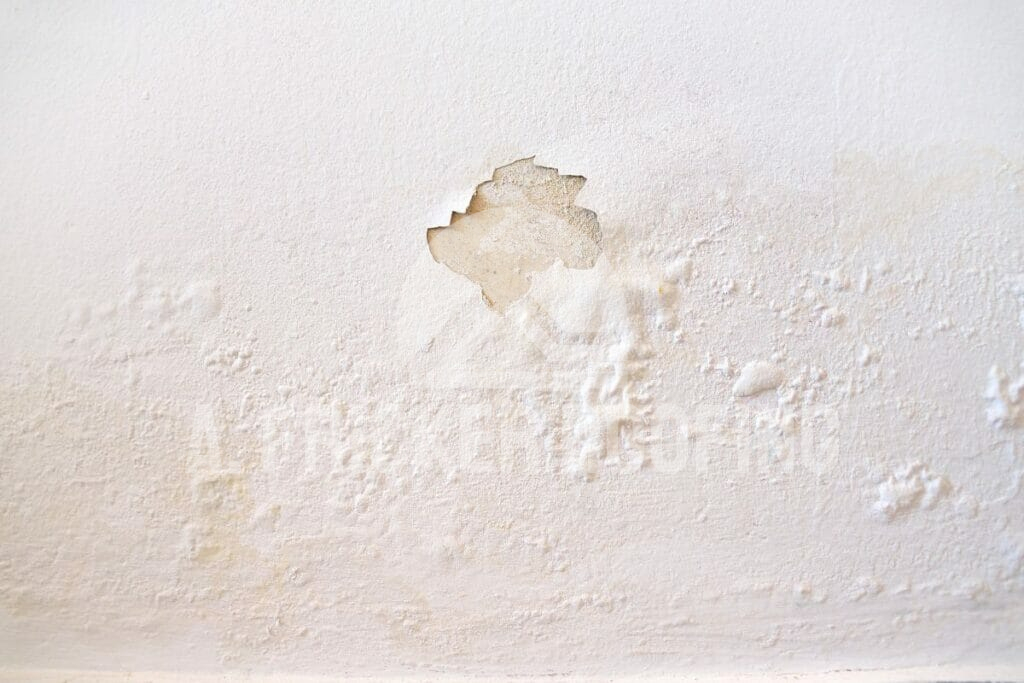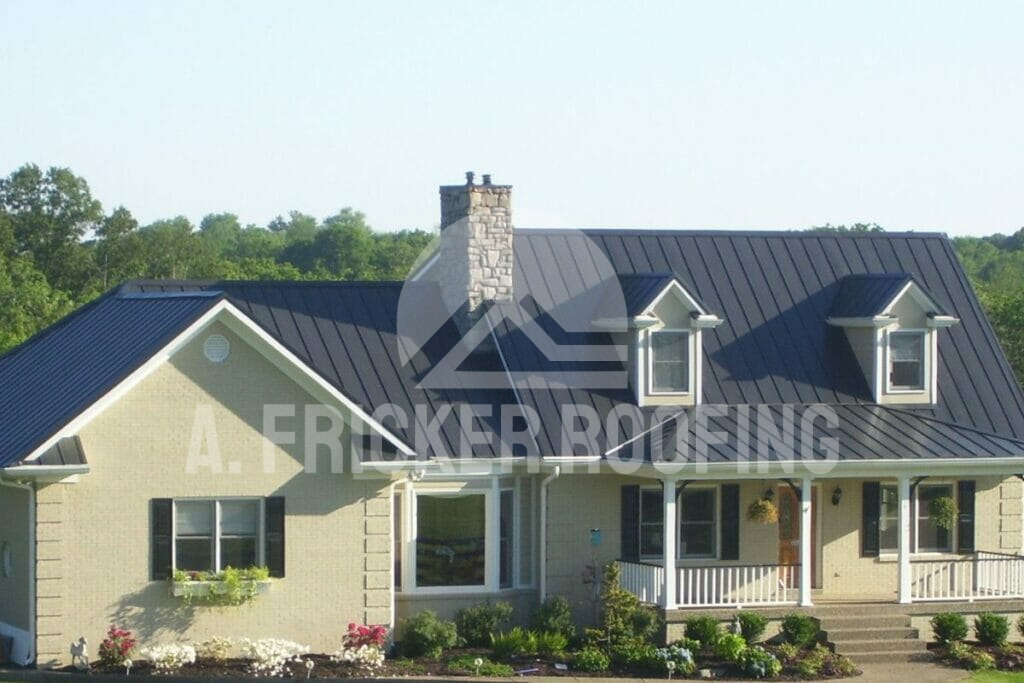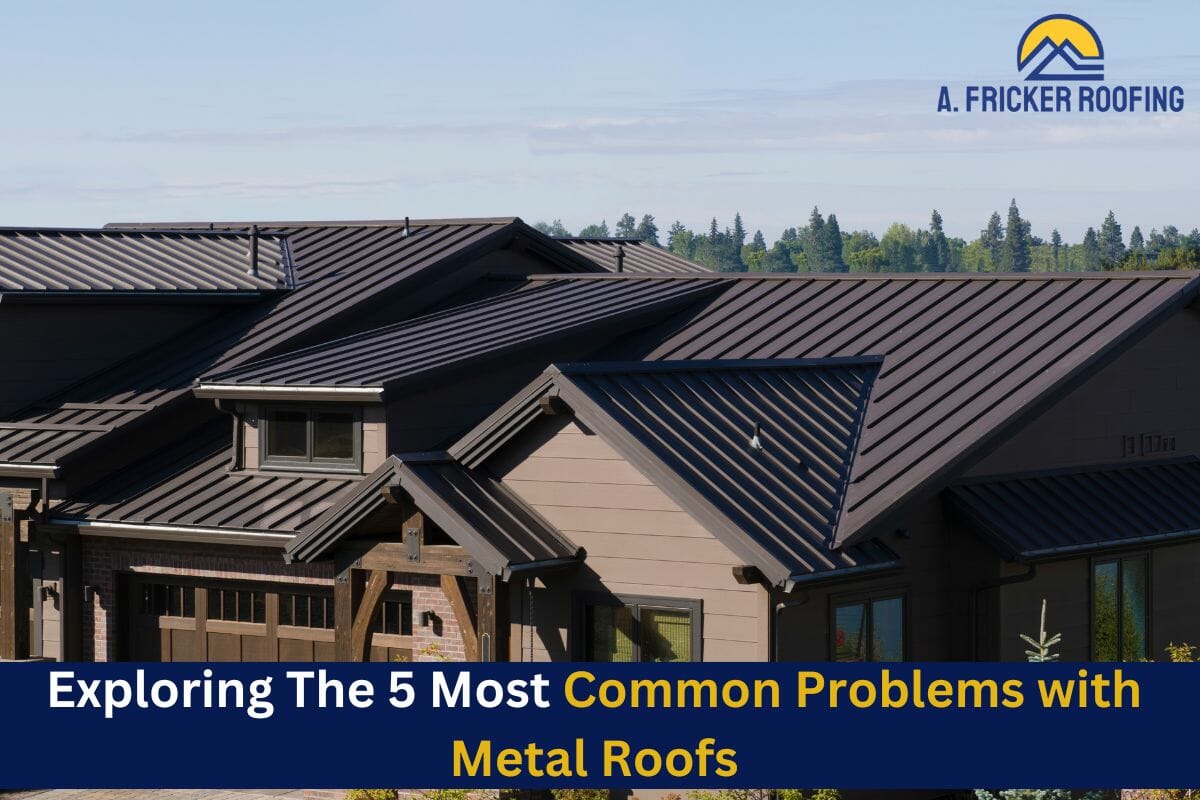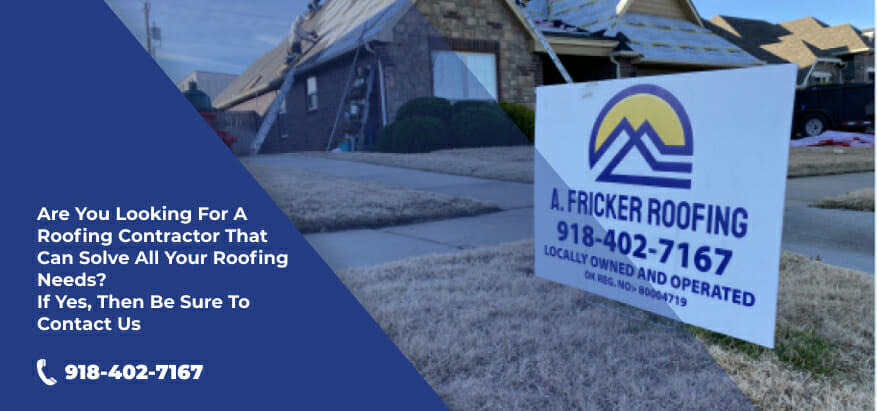If you’ve ever considered a metal roof for your home, you’re not alone. The popularity of metal roofs has been on the rise thanks to their durability, energy efficiency, and modern aesthetic appeal. However, like any roofing material, metal roofs come with their share of challenges. In this article, we’ll dive into the five most common problems with metal roofs and explore solutions to help you make an informed decision for your roofing needs.
Problem 1: Corrosion And Rusting
Understanding Corrosion
Metal roofs, while resistant to many elements, can still suffer from corrosion over time. This is especially true in areas with high humidity and salt content in the air. Corrosion occurs when the protective coating on the metal surface deteriorates, leaving it vulnerable to rust.
Preventing Rust Formation
To combat this issue, regular cleaning and inspection are essential. Apply a fresh coat of protective sealant to prevent moisture from reaching the metal. Additionally, choosing corrosion-resistant metals like aluminum or galvanized steel can significantly extend the lifespan of your metal roof.
Problem 2: Noise During Rain
Why Does This Happen?
One common concern homeowners have with metal roofs is how noisy they can be during rain and hailstorms. This sound can be quite loud, resembling constant drumming, and is due to the inherent resonant nature of metal.
Minimizing Rain-Related Noise
To mitigate this problem, insulation can be added during installation to reduce sound transmission. Over time, you may not even notice the noise anymore.
Problem 3: Expansion and Contraction
Dealing with Temperature Fluctuations
Metal roofs can expand and contract with temperature changes. This can lead to the fasteners becoming loose, potentially causing leaks.
Proper Installation Techniques
Ensuring proper installation with appropriate space for thermal movement is crucial. Fasteners should be able to move slightly as the metal shifts. Consulting a professional installer who understands these dynamics will ensure a sturdy and lasting metal roof.
Problem 4: Leaks and Water Intrusion
Identifying The Sources Of Leaks
Leaks can occur around seams, vents, or improperly sealed areas. Finding the source of a leak can be tricky since water can travel along the roof’s surface and through the rafters before entering your home.
Sealing And Maintenance

Regularly inspect and reseal areas prone to leaks. Investing in high-quality sealants and coatings can save you from future headaches. Address even small leaks promptly to prevent water damage.
Problem 5: Impact Damage
Dents From Impacts
Metal roofs are generally durable but can dent or deform when subjected to heavy impacts such as falling branches or hail.
Protective Measures
Consider installing a shock-absorbent layer beneath the metal surface. Trim branches near your roof to reduce the risk of impact. While a few dents won’t compromise your roof’s functionality, addressing them swiftly can maintain its aesthetic appeal.
If you have been thinking about installing a metal roof over shingles, read our blog post to know 5 Problems With Metal Roof Over Shingles and why you should avoid doing this.
Addressing Metal Roof Issues

Holistic Roof Management
Approaching these problems holistically is key. Regular inspections and maintenance can help catch issues early on. A well-maintained roof is better equipped to withstand the challenges it may face.
The Importance of Regular Maintenance and Inspections
1. Scheduled Inspections
Set up a schedule for professional inspections. A roofing expert can identify potential issues and offer timely solutions. This proactive approach can save you money in the long run.
2. Early Problem Detection
Don’t wait for problems to escalate. Detecting and fixing issues early can prevent costly repairs down the line. Regular maintenance can extend the life of your metal roof and keep it looking pristine.
3. Choosing the Right Metal Roofing Material
Different metals have varying degrees of corrosion resistance and thermal conductivity. Choose a metal that suits your climate and environment to avoid certain problems altogether.
4. Consulting Professionals
When selecting a metal roofing material, consult with professionals who understand the unique challenges of your area. They can recommend the best option based on your needs and budget.
DIY vs. Professional Repairs
While opting for DIY repairs may save you money on labor costs, keep in mind these other considerations:
Safety Concerns
While some minor maintenance tasks can be DIY, larger repairs should be left to the professionals. Climbing onto a metal roof without proper safety measures can be dangerous.
Skill and Expertise
Professional roofers have the expertise to address complex issues effectively. Their experience ensures that repairs are done correctly, minimizing the risk of future problems.
Metal Roofs vs. Other Roof Types
To help you make an informed decision, let’s compare metal roofs to some other popular roofing materials:
Asphalt Shingles
While asphalt shingles are affordable, they have a shorter lifespan and may require more frequent repairs and replacements. Metal roofs offer greater durability and longevity.
Wood Shakes
Wood shakes have a natural, rustic look but require regular maintenance to prevent rot and insect infestations. Metal roofs are a low-maintenance alternative with a longer lifespan.
Tile Roofs
Tile roofs are known for their elegance but can be heavy and expensive to install. Metal roofs are a lighter, more cost-effective option without compromising on aesthetics.
Conclusion
Metal roofs offer durability and longevity but come with their share of challenges. Being aware of these issues is the first step, from corrosion and excess noise, to expansion and leaks. Remember, proper installation, regular maintenance, and professional guidance are your allies in keeping your metal roof problem-free.
Like other roofing materials, metal roofs also have their own set of drawbacks and advantages. They are one of the most durable and energy-efficient roofs available on the market. Though they can be expensive initially, they offer many long-term benefits. If you want your roof to last 50 years or more, a metal roof may be the best option.
Do You Want To Install A Metal Roof?
If you want to install a metal roof on your home or office, you likely won’t have to replace your roof for another 50 to 60 years. To guarantee this, hiring skilled, expert, and dedicated roofing professionals is essential. If you are ready to give your home a new look while increasing its energy efficiency, ventilation, and curb appeal, contact us today. At A. Fricker Roofing and Waterproofing, we are an expert and dedicated team of roofers who you can trust and rely on to install your metal roof. Call us at (918)-402-7167!
FAQs
A. While installing a metal roof yourself is possible, hiring professionals for the best results is recommended, especially considering the technical aspects and safety concerns.
A.Regular inspections should be conducted at least twice a year, preferably before spring and fall.
A. Not necessarily, properly insulated and installed metal roofs can significantly reduce rain-related noise.
A. Metal roofs do not attract lightning strikes. In fact, if struck, they can help dissipate the electrical charge safely.
A. Yes, you can paint a metal roof. However, make sure to use paint specifically designed for metal surfaces and follow proper application guidelines.

